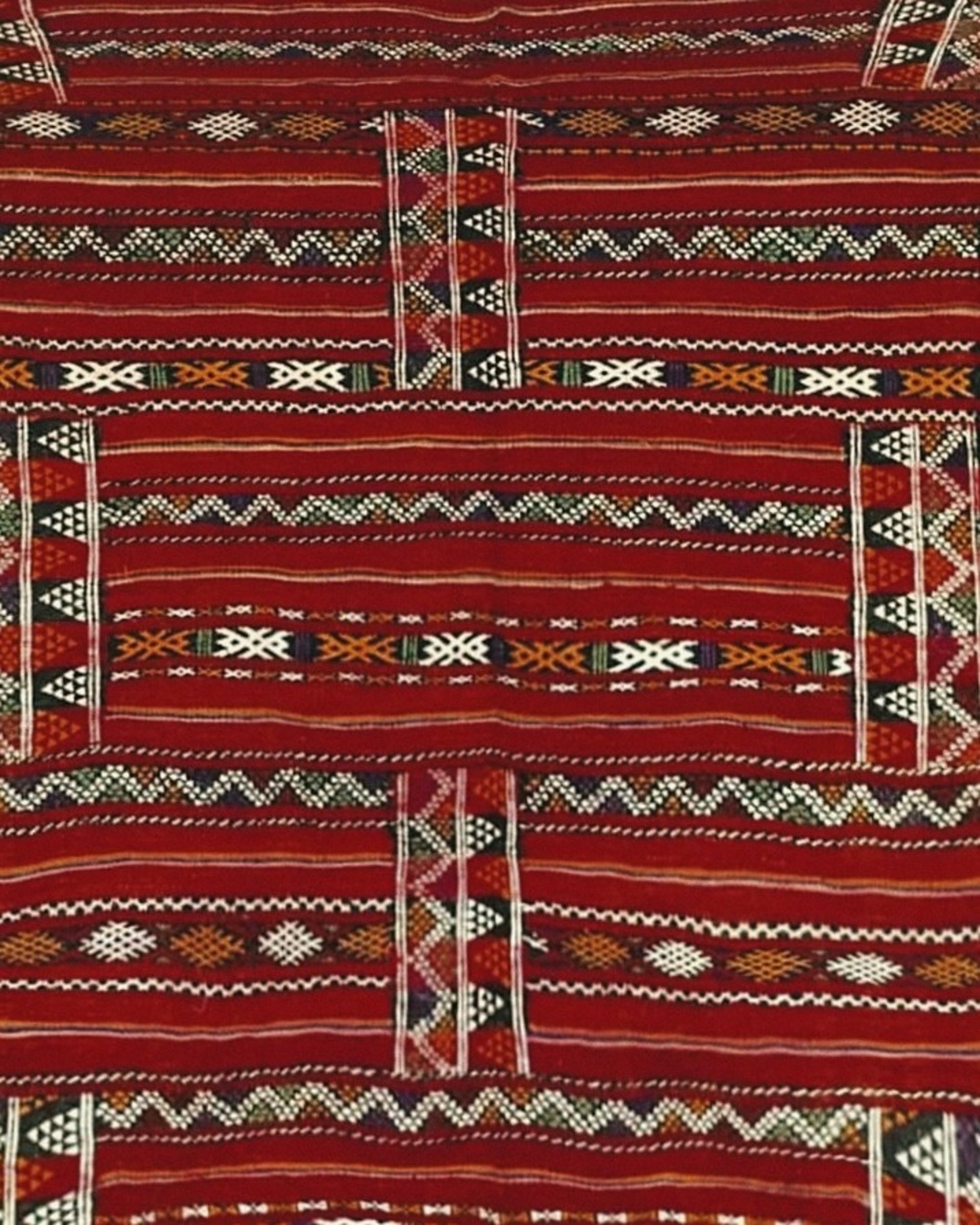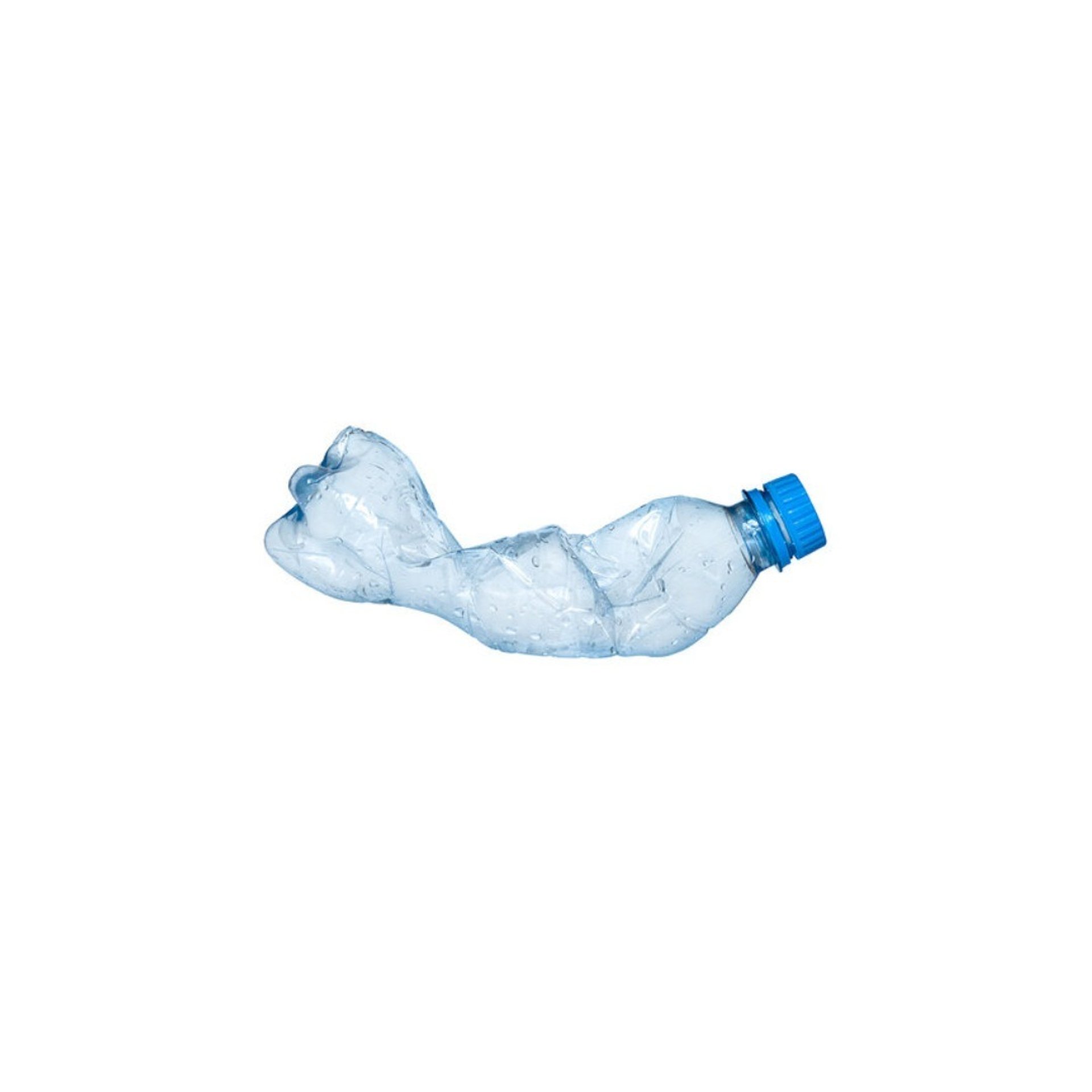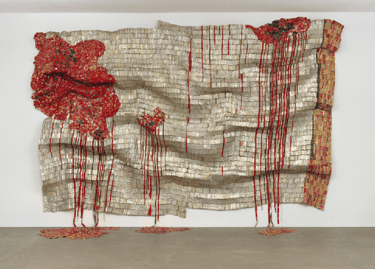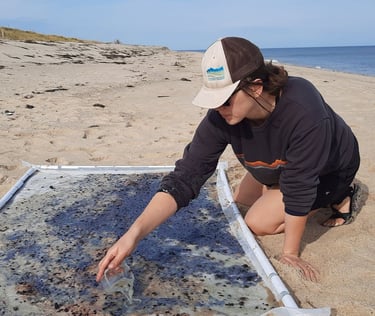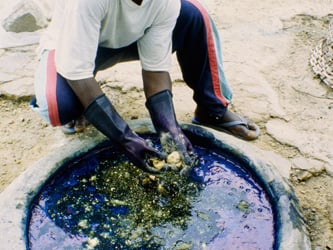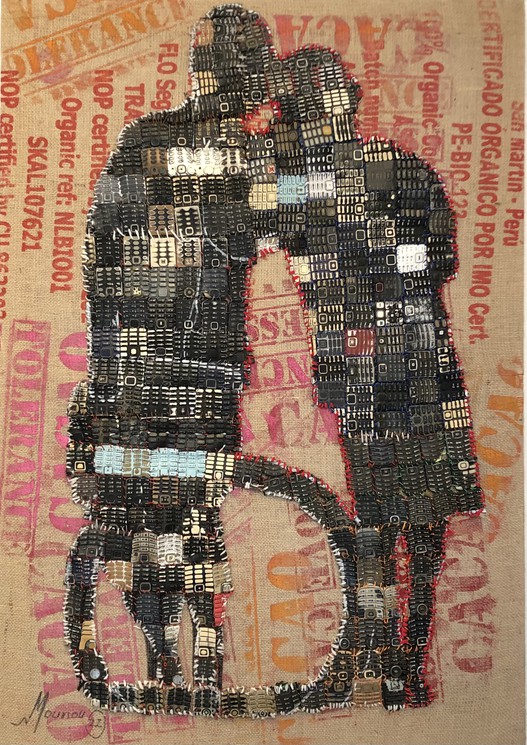There have been times when art and nature were regarded as separate entities, however, the concept of art addressing environmental troubles has a history that dates back to old civilizations.
For instance, in the Romantic era, artists depicted nature as a source of inspiration and solace, whilst also emphasizing the threats of human exploitation of natural resources. Artists today are adding to the movement by incorporating eco-friendly materials and techniques in their work.
Some of the eco-friendly techniques are the following:
The Use of Traditional Techniques
Sustainable art is not a new concept. It was long used in traditional practices of many cultures. For centuries, natural and local sources and materials were used to create artworks. Today, there’s a resurgence of these methods. Contemporary artists are now back to the sustainable practices that make them reconnect with cultural heritage as well as promote environmental awareness.
Artists like El Anatsui and Mounou Désiré Koffi use traditional techniques to create impactful pieces that honor cultural heritage and promote environmental awareness.
El Anatsui, Bleeding Takari II, aluminum bottle caps and copper wire, 376 × 557 × 78 cm, 2007. Gift of Donald L. Bryant, Jr. and Jerry Speyer, 201.2008. © The Museum of Modern Art
The Use of Recycled Materials
Recycling and repurposing are central techniques in the creation of sustainable art practices. Artists are finding new and creative ways to turn discarded items such as old furniture, plastic, and glass into works of art, which reduce waste and promote environmental responsibility.
The Use of Natural Dyes and Biodesign
The use of natural dyes is another effective trend in sustainable art. Plant-based dyes offer rich and unique colors and are now being rediscovered by modern artists, reconnecting with centuries of natural dye use.
For example, the Indigo plant is used for its deep blue hue and the marigold for its bright yellow pigment. These dyes are environmentally friendly and biodegradable. These can be a great choice for artists concerned with the ecological impact of their work.
Biodesign is also pushing the boundaries of sustainable art. The Living Colour project is based on the use of bacterial dyes to offer a non-toxic and biodegradable option that merges tradition with innovation. These dyes do not use toxic chemicals but rather just minimal water, which makes them a good alternative to the conventional dyeing processes.
The Use of Reclaimed Wood and Found Objects
Reclaimed wood and found objects are also sustainable alternative materials to use in art. Wood, either from old buildings, bridges, or other structures, can be used in art, and it actually provides a unique rustic aesthetic that cannot be replicated using new materials. Its patina and weathered texture actually add character to sculptures and installations and create one-of-a-kind pieces.
Some artists use found objects to give new life and meaning to everyday items. This is a challenge to the traditional notions of art, one that also promotes sustainability. Mounou Désiré Koffi, for example, uses mobile phone keyboards that cause pollution in his environment to create art that raises awareness as well as turns waste into something beautiful and meaningful.
The Future of Sustainable Art
Sustainable art is more than just a trend. It’s a movement that is aware of environmental issues of our age and the need for change. Artists, through incorporating eco-friendly materials and practices, contribute to this movement of environmental sustainability and are such a source of inspiration that makes you think differently about the impact things have on our world.
As we look to the future, the role art plays in promoting sustainability will likely and should continue to grow. Whether through the revival of traditional techniques, the innovative use of recycled materials, or the exploration of new biodesign methods, sustainable art practices are helping to create a greener and more responsible world.
Conclusion
Because of all the environmental challenges we face today, we as artists, viewers, or collectors, need to support and contribute to this movement by seeking out sustainable art and considering the environmental and social impact of the art we choose to create and consume. Protesting for environmental issues can start with the process of creating the art rather than end with vandalizing it.
Many artists are already taking meaningful steps by considering the environment in their art creation process. However, The question remains: Is it enough to create sustainable art, or should we also challenge the very systems that contribute to environmental degradation?
